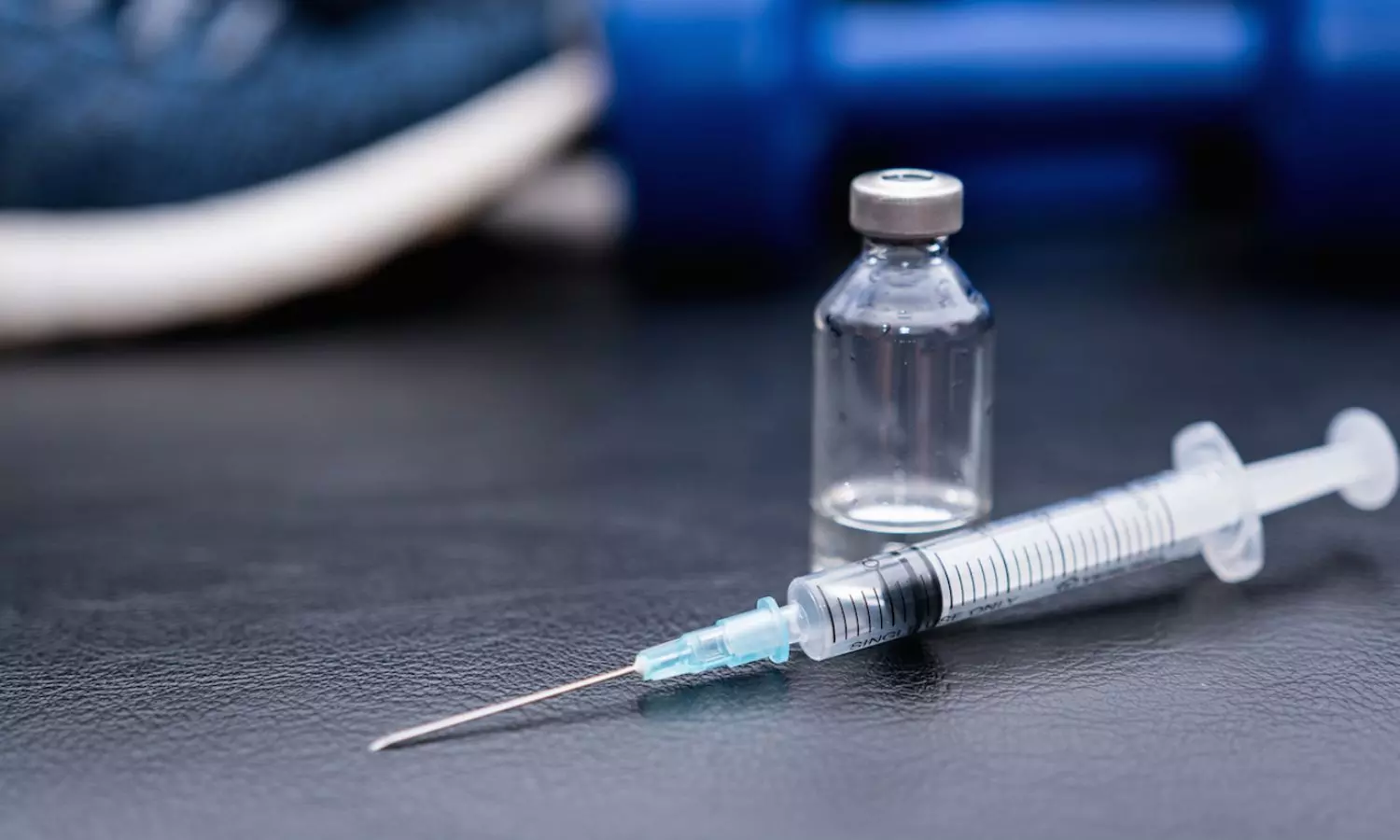Athletics
What is gene doping, a growing threat in sports?
Legendary Indian long jumper Anju Bobby George has recently highlighted the shift from traditional to gene doping, urging stronger regulations in sports.

Iraqi judoka Sajjad Sehen tests positive for steroids at Paris Olympics, making it the first positive doping case of the games (File Photo)
Anju Bobby George, a legendary Indian long jumper, recently highlighted the growing concern of gene doping in athletics.
Reflecting on her career, she shared insights about the challenges athletes face today compared to her own experiences two decades ago.
Back then, as one of India's few world-class athletes, Anju navigated the international sports arena feeling isolated and overwhelmed by competitors who, she alleged, often resorted to doping to gain an edge.
In an interview with Deccan Herald, Anju recalled that many competitors from countries like Russia were found guilty of doping, which made her realize how pervasive cheating was in sports.
She said, "The World Championships are similar to the Olympics in terms of the quality of athletes, but the spirit of the Olympics is unmatchable."
Anju expressed her dismay at the current state of doping, explaining that while traditional doping involved drugs, the focus has now shifted to gene doping.
She added, "If you start genetically doping an athlete at a very young age, you can't even tell that the markers are off. Basically, they are bio-engineering a person to be a perfect athlete."
As gene doping becomes more sophisticated, the challenge for regulators is to stay ahead of these methods.
So, what exactly is gene doping?
Gene Doping: Explained
Sports are meant to be intense. This drive often leads athletes to seek ways to enhance their performance beyond natural limits. A striking example of this is the long history of doping in sports.
The World Anti-Doping Agency (WADA) defined 'gene doping' in 2008 as the use of genetic manipulation to improve athletic performance.
This involves the injection of artificial genes into muscle cells, which integrate with the athlete's DNA, potentially enhancing muscle mass, and metabolism, and reducing muscle atrophy.
Currently, gene doping remains experimental, with its outcomes unpredictable. However, the gaining popularity of its potential benefits means that athletes could be among the first to pursue genetic modifications to boost speed, strength, and size.
The primary concern with gene doping lies in its potential misuse by healthy athletes.
Initially developed to treat diseases, gene therapy shows promise and positive outcomes that underline the risk of its application in sports for unfair advantage.
As gene technology advances, more genes with performance-enhancing potential are likely to be discovered. Therefore, it is important to develop timely legal regulations and research to detect and prevent gene doping.
Organizations like the International Olympic Committee (IOC) and WADA have prohibited performance-enhancing substances and methods to protect athletes' health and ensure fair competition.
Despite these efforts, the pressure to win often leads to the misuse of these drugs and methods.
Challenge in detecting gene doping
Gene doping presents a significant challenge in the world of sports.
According to experts, current technologies cannot effectively detect gene doping.
By using genes naturally present in the body, like testosterone, athletes can enhance performance without leaving detectable traces.
This form of doping poses a major threat to fair competition, as sudden performance improvements could suggest illicit activity, but these are not scientifically reliable indicators.
The IOC and the WADA are aware of the temptation athletes face to exploit new performance-enhancing drugs.
WADA emphasizes prevention through regulation, education, and research.
A conference in 2002 brought together scientists, athletes and legal experts to address the risks, highlighting both the potential benefits and dangers of gene therapy in sports.
NADA's strategy against doping
In India, the National Anti-Doping Agency (NADA) leads the fight against doping in sports.
NADA enforces strict penalties for athletes caught using banned substances, including suspensions and revocations of titles.
This agency also targets coaches involved in doping, aiming to eliminate support networks that facilitate such activities.
NADA’s approach includes educational programs and outreach initiatives to raise awareness about the risks of doping.
By addressing both the motivations behind doping and enhancing the understanding of anti-doping regulations, NADA aims to foster an environment that is both pure and ethical.






